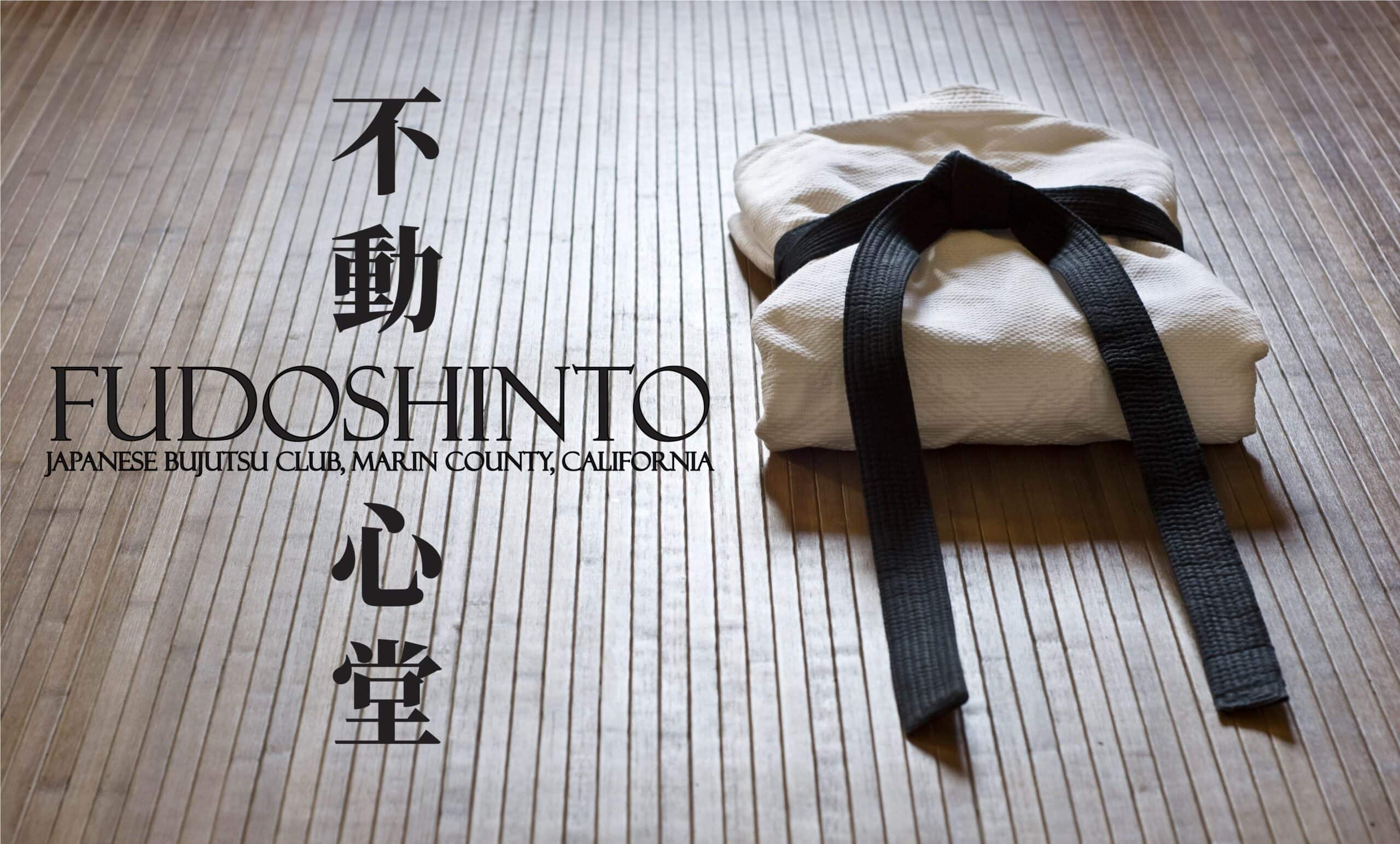
WITH EYES FORWARD AND FEET ROOTED IN THE ACCUMULATED KNOWLEDGE OF THE PAST, WE STUDY TRADITIONAL JAPANESE MARTIAL ARTS ADAPTED TO THE MODERN DAY.

Why Study Traditional Martial Arts?
The simplest answer is that you get more for your input of time, energy, and money.
It’s important to clarify what is considered a traditional martial art. There probably isn’t a single definition that will satisfy everyone. It’s not as simple a thing as it might seem, but I would argue that the chief distinction between traditional and non-traditional is that traditional arts were originally developed for war and the preservation of life in more violent times than at present and that the focus of non-traditional practices is primarily sports competition.
A common argument not entirely without validity is that traditional arts are not “pressure-tested” in the same way as non-traditional arts. There are still many traditional training halls that do “pressure-test” with kumite, randori, etc., although there are many that don’t, and there is a reason for this worth exploring. Ironically, it was the traditional styles’ attempts to modernize that resulted in the “nerfing” of these systems. The same traditions that may have been a source of honor in previous times were now frowned upon as backward and barbaric. For example, in the case of judo, it was the efforts of founder, Jigoro Kano, that saved some of the techniques of old jujutsu schools from being forgotten; however, the price in terms of martial effectiveness was that the system was pared-down to make it safer for and more appealing to the general public. Judo preserved its free-sparring aspect as an essential part of training, but gradually drifted into a more sport-oriented practice. Styles with less emphasis on competition or that had no competitive fighting at all, were more likely to discard the sparring aspect of training.
Martial arts systems, like judo, born at the end of the 19th and beginning of the 20th centuries are referred to in Japanese as gendai budo, meaning modern martial way, so what are considered traditional styles today are, in fact, nearly all modern, so it’s tricky to assess the martial qualities of these gendai budo systems in the context of historical fighting arts since they went through some significant changes as they spread to the rest of the world. Many of the things we associate with traditional martial arts are relatively recent inventions. The kyu/dan ranking system with colored belts is a modern invention pioneered by Kano along with the dogi, the training uniform. The emphasis of practice shifted from martial prowess to personal development, preserving cultural heritage, sports competition, etc. Styles that became more sports-oriented never lost the sparring aspect of practice, something that has always been an integral part of real martial training. This fact has simply been forgotten or overlooked. Contests between martial artists that often ended in the death of one or both of the fighters took place up into the modern era. Obviously, there’s no place for such duels in polite society, but we don’t have to look far back in history to see that traditional styles have definitely been subject to pressure-testing. There is a wealth of knowledge contained in the accumulated experience passed on through the centuries that we would all do well to avail ourselves of. There’s no need to throw the baby out with the bathwater. Sport fighters can supplement with more combat-oriented training as well as the healing, philosophical, and spiritual aspects of more traditional methods (these things can actually improve one’s fighting skills!), and traditional schools that have foregone any type of free practice can reintroduce it to stay relevant and prevent their arts from dying out which would be a tragic loss of information. Each has something to learn from the other.
Traditional martial arts were comprehensive systems historically, consisting of a generalized rather than specialized set of skills, and some schools continue to train this way. This is how we train in the Fudoshinto Bujutsu Club. This club is about providing a survival system—a system of living with a view to self-protection and self-perfection that covers all aspects of fighting as well as maintaining the health and well-being of the total person: body, mind, and spirit. It’s about peace through studying violence which ultimately leads to a study of oneself. This is a dynamic study, producing growth that almost happens without one noticing because it’s built into the practice itself. It’s an amazing thing that I believe can be of benefit to everyone, and I’d like to share what I know with you.
Page Copyright
© Copyright 2017 All Rights Reserved